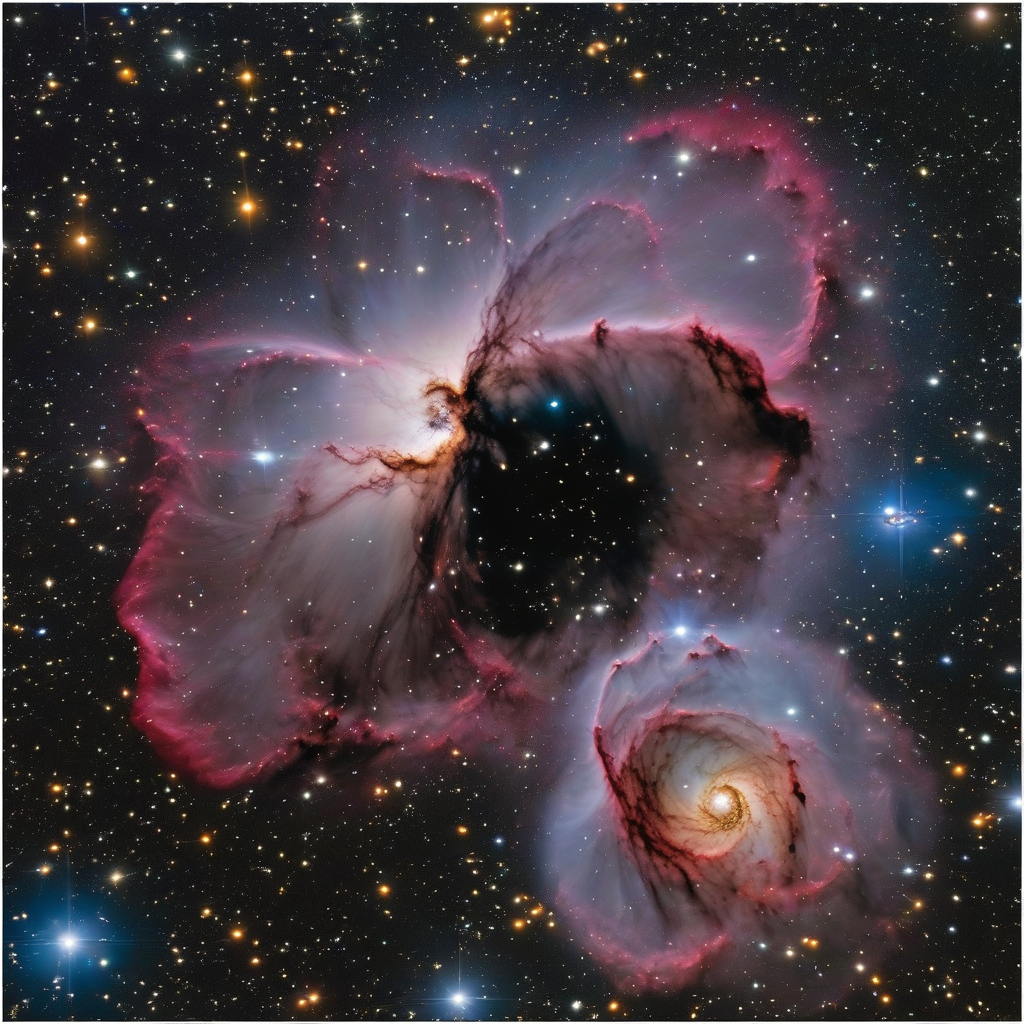# What Have Been the Most Significant Recent Discoveries from the James Webb Space Telescope?
The universe is vast, mysterious, and awe-inspiring, and humanity has long sought to understand its secrets. With the launch of the James Webb Space Telescope (JWST) in December 2021, we entered a new era of space exploration and discovery. Designed to peer deeper into the cosmos than ever before, this marvel of engineering has already delivered astonishing insights into the origins of galaxies, the atmospheres of exoplanets, and the secrets of the early universe.
In this blog post, we’ll explore some of the most groundbreaking discoveries made by JWST so far and how they are reshaping our understanding of the cosmos. From glimpses of the universe's infancy to the search for alien worlds, the telescope is answering age-old questions while raising new ones.
---
A New Window into the Early Universe
One of JWST’s primary goals is to study the early universe, looking back to the first few hundred million years after the Big Bang. Thanks to its powerful infrared instruments, the telescope can observe the faint light of ancient galaxies stretched by billions of years of cosmic expansion. What JWST has found so far is nothing short of astonishing.
Discovering Galaxies Older Than We Imagined
One of JWST's earliest surprises came from its ability to detect galaxies that formed much earlier than previously thought possible. In July 2022, the telescope captured stunning images of galaxies existing just 300–400 million years after the Big Bang, a time when the universe was less than 2% of its current age. These observations challenge existing models of galaxy formation, which suggested it would take longer for stars and galaxies to form and organize into structures.
- For instance, researchers identified GL-z13, a galaxy that existed a mere 300 million years after the Big Bang. This makes it the oldest galaxy ever observed.
- These ancient galaxies also appear to be more massive and luminous than expected, suggesting rapid star formation in the early universe.
JWST's findings are prompting scientists to rethink the timeline of cosmic evolution, as well as the processes that enable galaxies to grow so quickly in such a short span of time.
---
Peering Into Alien Worlds: The Study of Exoplanet Atmospheres
Another area where JWST has made transformative contributions is in the study of exoplanets—planets outside of our solar system. One of its key scientific missions is to analyze the atmospheres of these distant worlds, searching for signs of habitability or even potential biosignatures.
Water, Clouds, and Complex Chemistry in Exoplanet Atmospheres
In its first year of operation, JWST has demonstrated its unparalleled ability to study the atmospheres of exoplanets in detail. Using a technique called transit spectroscopy, the telescope measures the light of a host star as it passes through a planet’s atmosphere, revealing the chemical composition of the gases present.
Some key discoveries include:
- WASP-96 b, a hot gas giant located about 1,150 light-years away, was the first exoplanet to have its atmosphere analyzed by JWST. The telescope detected clear evidence of water vapor, along with the presence of clouds and haze—a remarkable feat for its debut observation of an alien world.
- In another groundbreaking discovery, JWST found carbon dioxide in the atmosphere of an exoplanet called WASP-39 b. This marked the first unambiguous detection of CO₂ in an exoplanet atmosphere, a critical step in assessing the chemical makeup of distant worlds.
These findings prove how JWST’s advanced instruments can detect even trace amounts of molecules, paving the way for the future study of smaller, rocky planets that may resemble Earth.
The Search for Earth-like Planets
One of the most exciting possibilities of JWST is its potential to detect signs of life on exoplanets. While we have not yet discovered extraterrestrial life, JWST's ability to identify biosignature gases—such as oxygen, methane, or ozone—in the atmospheres of Earth-sized planets is a game-changer.
Astronomers are particularly interested in planets within the habitable zones of their stars, where temperatures could allow liquid water to exist. Over the next few years, JWST will target systems like TRAPPIST-1, which hosts seven rocky planets, three of which are located in the star’s habitable zone. These observations could bring us closer than ever to answering the age-old question: Are we alone in the universe?
---
Cosmic Beauty: Star Formation and Stellar Death
While JWST excels at studying the distant universe and exoplanets, it has also captured breathtaking images of stellar nurseries and dying stars, shedding light on the life cycles of stars.
The Pillars of Creation in Unprecedented Detail
JWST revis
